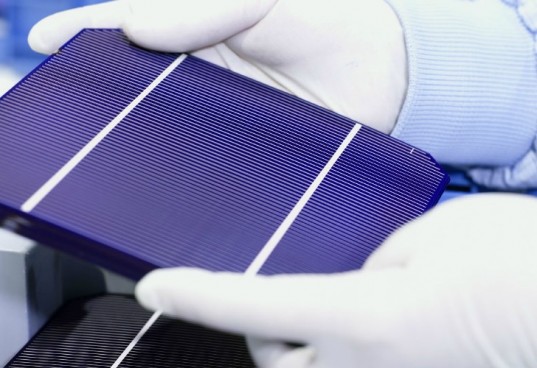Natcore expands staff, research operations
 Natcore Technology is expanding the roster of high-level scientists on its payroll along with its research and development efforts.
Natcore Technology is expanding the roster of high-level scientists on its payroll along with its research and development efforts.
Dr. David Levy, who has a PhD in chemical engineering from MIT, invented atmospheric Spatial Atomic Layer Deposition. He is the latest addition to the Natcore team.
He’s going to carry the company’s “True Black” silicon project to fruition, said Natcore CEO Chuck Provini. The National Renewable Energy Laboratory granted Natcore permission last year to develop its patented black silicon concept using Natcore’s patented liquid phase deposition process.
Provini said Levy is an ideal addition to the Natcore team because he’s a chemist and will bring some new and different perspective.
He will be working with Dr. Dennis Flood, the company’s chief technology officer, and Professor Andrew Barron.
“And he’s experienced in quantum dot technology,” Provini said of Levy.
Provini said he expects to hire two more scientists and Natcore will consolidate all of its research and development operations at the Kodak laboratory in Rochester, New York, where it set up last year. There are currently operations in New Jersey, Texas and Rochester.
Levy is one of several new employees at Natcore who have moved over from Kodak, Provini said.
Natcore announced in July that it raised $2.5 million to fund the necessary research to complete the black silicon project and continue work on its tandem solar cell technology. Part of that $2.5 million is slated to pay for new staff to complete the research and development that will make the technologies ready for commercialization.
But there’s a new element to the company’s growth as well. Since the NREL announcement, Natcore has received a lot of trade press, which has led to companies in hundreds of different disciplines calling to see if Natcore’s technology could work to develop their products.
That research and development work will be part of the company’s new business model, Provini said.
“But our sweet spot is still solar,” he said.



